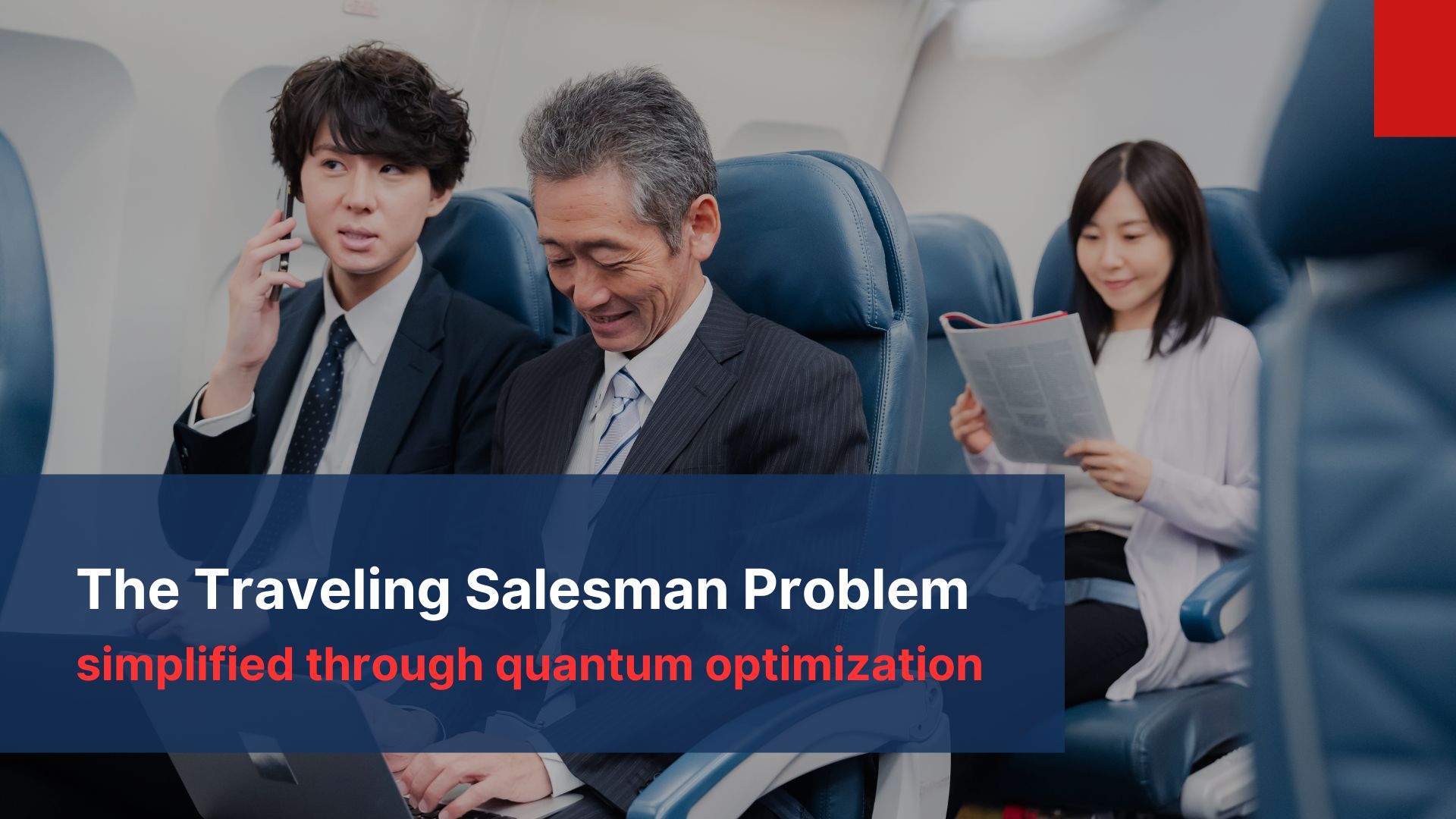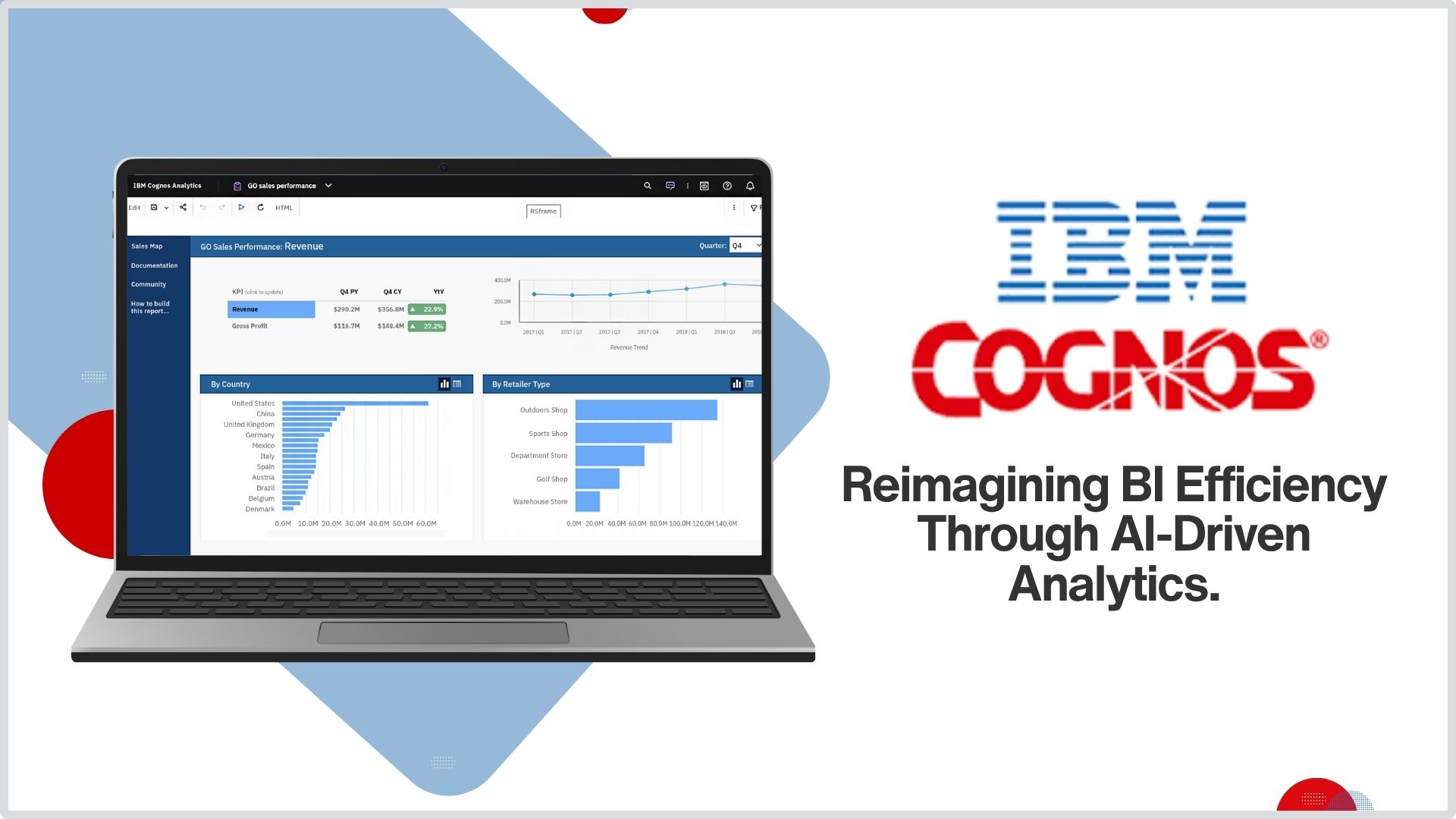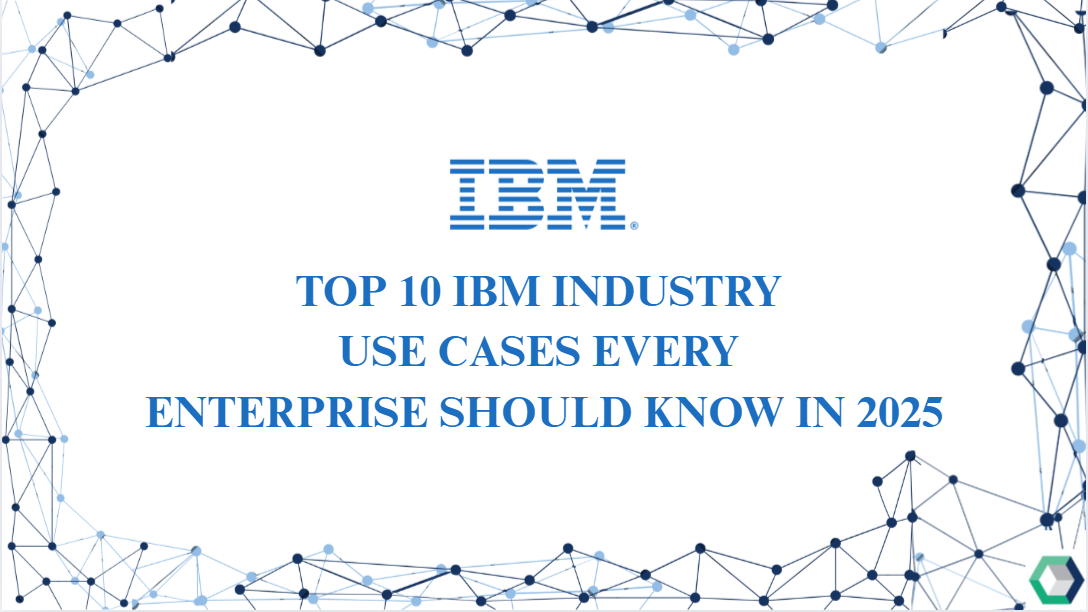In recent years, bike-sharing has emerged as a popular, eco-friendly transportation solution in urban areas worldwide. However, as these systems grow and evolve, they face increasingly complex challenges that traditional management approaches struggle to address effectively. CPLEX and mathematical optimization are powerful tools that are transforming the landscape of bike-sharing operations and management.
The Challenges of Bike-Sharing
Bike-sharing systems are intricate ecosystems that must balance numerous variables to function efficiently. One of the primary challenges is maintaining an optimal distribution of bikes across stations. This involves predicting demand patterns, which can vary widely based on factors such as time of day, weather conditions, local events, and seasonal changes. Overconcentration of bikes at certain stations leads to inefficiency, while shortages at others result in dissatisfied users.
Another significant challenge is fleet management. Operators must determine the ideal fleet size to meet demand without incurring excessive costs. This includes decisions on when to repair, replace, or expand the fleet. Additionally, the logistics of rebalancing – moving bikes from full stations to empty ones – presents a complex optimization problem that impacts both user satisfaction and operational costs.
Pricing strategies pose another challenge. Operators must set rates that attract users while ensuring profitability, taking into account factors such as membership types, usage duration, and special promotions. Moreover, integrating bike-sharing with other modes of public transportation to create seamless multimodal journeys adds another layer of complexity to the system.
CPLEX and Mathematical Optimization: A Game-Changing Approach
CPLEX, IBM’s optimization software, combined with mathematical optimization techniques, offers a powerful solution to these challenges. At its core, mathematical optimization is about finding the best solution from a set of possible alternatives, given certain constraints. This approach is perfectly suited to the multi-faceted nature of bike-sharing systems.
Using CPLEX and mathematical optimization, bike-sharing operators can develop sophisticated models that capture the intricacies of their systems. These models can incorporate vast amounts of data, including historical usage patterns, real-time GPS data from bikes, weather forecasts, and information about local events. By processing this data through carefully constructed optimization algorithms, operators can make more informed and effective decisions.
For example, a mathematical optimization model could determine the optimal redistribution of bikes using predicted demand across different stations throughout the day. This would minimize the number of rebalancing trips required, reducing operational costs while improving bike availability for users. The model could also factor in the costs of rebalancing against the potential revenue loss from unmet demand, finding the most cost-effective solution.
In terms of fleet management, CPLEX can help operators determine the optimal number of bikes needed to meet demand while minimizing excess capacity. It can also create maintenance schedules that balance the need for repairs with the imperative to keep enough bikes in circulation. By considering factors such as the lifespan of different bike components and the varying intensity of usage across the fleet, the system can proactively schedule maintenance to prevent breakdowns and extend the life of the assets.
Pricing optimization is another area where CPLEX shines. By analyzing usage patterns, price sensitivities, and competitor pricing, the system can recommend dynamic pricing strategies that maximize revenue while maintaining attractiveness to users. This could include time-based pricing, surge pricing during high-demand periods, or personalized pricing based on individual usage patterns.
Technical Aspects of Implementing CPLEX and Mathematical Optimization
Implementing CPLEX and mathematical optimization for bike-sharing involves several key technical steps. First, data collection and preprocessing are crucial. This involves setting up systems to gather real-time data from bikes and stations, as well as integrating external data sources such as weather information and event calendars. The data must then be cleaned and formatted to be usable by the optimization algorithms.
Next, the problem must be formulated mathematically. This involves defining the objective function (what we’re trying to optimize, such as minimizing rebalancing costs or maximizing user satisfaction) and the constraints (such as the number of available bikes or the capacity of each station). This step requires a deep understanding of both the bike-sharing system and mathematical optimization techniques.
Once the problem is formulated, it can be implemented in CPLEX using its powerful modeling language. CPLEX offers a variety of algorithms suitable for different types of problems, including linear programming, mixed-integer programming, and quadratic programming. The choice of algorithm depends on the specific nature of the problem and the desired solution characteristics.
After implementation, the model needs to be tested and refined. This often involves running simulations with historical data to validate the model’s predictions and recommendations. As real-world data is collected on the model’s performance, it can be continuously improved and adjusted.
Business Aspects of Applying CPLEX and Mathematical Programming
From a business perspective, the application of CPLEX and mathematical optimization can lead to significant improvements in operational efficiency and strategic decision-making. By optimizing bike distribution and rebalancing, companies can reduce their operational costs while improving service quality. This can lead to higher customer satisfaction, increased ridership, and ultimately, improved profitability.
The insights generated by these models can also inform long-term strategic decisions. For instance, the data might reveal underserved areas that could benefit from new stations, or it might identify times when the fleet needs to be expanded to meet growing demand. This data-driven approach to decision-making can help bike-sharing companies allocate their resources more effectively and plan for future growth.
Moreover, the ability to optimize pricing can have a substantial impact on revenue. By implementing dynamic pricing strategies that respond to demand in real-time, companies can maximize their revenue during peak times while offering attractive rates during quieter periods to stimulate demand.
Need CPLEX Training? Enroll for
Potential ROI and Benefits
The return on investment (ROI) from implementing CPLEX and mathematical optimization in bike-sharing operations can be substantial. While the initial investment in technology and expertise may be significant, the long-term benefits often far outweigh the costs.
One of the most immediate and quantifiable benefits is the reduction in operational costs. By optimizing rebalancing operations, companies can significantly reduce the number of trips required to redistribute bikes, leading to savings in fuel, labor, and vehicle maintenance costs. Some bike-sharing systems should see reductions in rebalancing costs of up to 30% after implementing optimization strategies.
Improved bike availability can lead to increased ridership and revenue. When users consistently find bikes available when and where they need them, they’re more likely to rely on the service regularly. Even a small increase in daily ridership can translate to substantial revenue growth over time.
Enhanced fleet management can extend the lifespan of bikes and reduce replacement costs. By optimizing maintenance schedules and predicting when repairs are needed, companies can prevent costly breakdowns and keep their fleet in optimal condition for longer.
The insights gained from these optimization models can also lead to more efficient expansion strategies. By accurately predicting demand patterns, companies can make informed decisions about where to place new stations or how many bikes to add to their fleet, ensuring that capital expenditures generate the maximum return.
Perhaps most importantly, the improved service quality resulting from these optimizations can lead to higher customer satisfaction and loyalty. In the competitive urban mobility market, this can be a key differentiator, helping bike-sharing services to retain existing customers and attract new ones.
Cresco International: Your Partner in Decision Optimization
As businesses in the bike-sharing industry look to harness the power of CPLEX and mathematical optimization, they need a partner with deep expertise in both the technical and business aspects of these solutions. This is where Cresco International, an IBM trusted partner and consulting firm specializing in decision optimization, comes into play.
Cresco International brings a wealth of experience in developing customized decision optimization solutions across various industries. When it comes to bike-sharing, Cresco’s team of experts understands the unique challenges faced by operators and can tailor CPLEX-based solutions to address these specific needs.
The solution development process is highly collaborative. Cresco’s experts work hand-in-hand with the bike-sharing company’s team, ensuring that the optimization models accurately reflect the realities of their operations. This collaboration also facilitates knowledge transfer, enabling the client’s team to understand and eventually manage the optimization system independently.
Cresco doesn’t just deliver a technical solution; they provide end-to-end support throughout the implementation process. This includes data integration, model testing and refinement, and user training. They also offer ongoing support and optimization services, helping bike-sharing companies continuously improve their operations as new data becomes available and business conditions evolve.
One of the key advantages of working with Cresco is their ability to integrate CPLEX-based optimization solutions with existing IT infrastructure. Whether it’s connecting to IoT devices on bikes for real-time data collection or integrating with customer-facing apps for dynamic pricing, Cresco ensures that the optimization system becomes a seamless part of the overall technology ecosystem.
For bike-sharing companies looking to gain a competitive edge through advanced optimization, partnering with Cresco International can be a game-changer. Their combination of technical expertise, industry knowledge, and business acumen makes them ideally suited to help bike-sharing operators transform their operations through the power of CPLEX and mathematical optimization.
Conclusion
The application of CPLEX and mathematical optimization to bike-sharing represents a significant leap forward in urban mobility management. By leveraging these powerful tools, bike-sharing operators can overcome complex challenges, improve service quality, and enhance their financial performance. As cities continue to seek sustainable transportation solutions, optimized bike-sharing systems will play an increasingly important role. With partners like Cresco International leading the way in implementing these advanced solutions, the future of bike-sharing looks brighter than ever.











